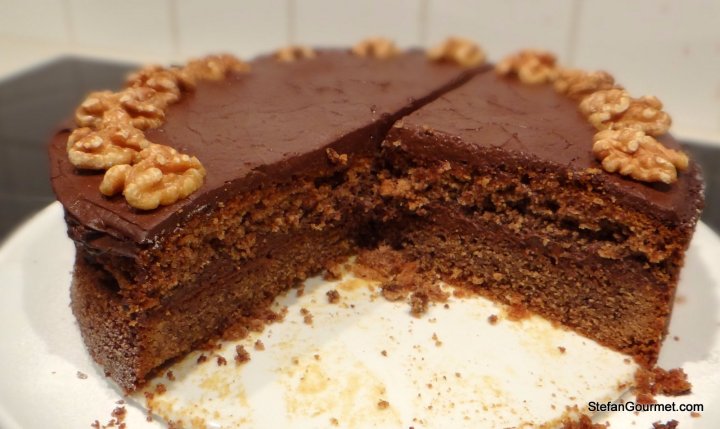
Fresh Pasta Squares with Peas and Prosciutto (Quadrucci con Piselli e Crudo)
On this blog I like to share all my foody adventures with you. More and more often they are inspired by other bloggers, and as you may have noticed if you have been following my blog for a while, I do not mind at all to blog about the results of trying other blogger’s ideas and giving them credit.
Today’s post is about a simple but very tasty Italian dish (aren’t they all): pasta with peas and ham. I’ve already done a post about pasta with (boiled) ham, peas, and cream, which was inspired by CampariGirl. Today’s version is different in a couple of ways: it uses cured ham (prosciutto crudo) instead of boiled ham (prosciutto cotto), it uses fresh pasta, and it doesn’t use cream. It has also been inspired by another of my favorite bloggers: Josephine of My Home Food That’s Amore. She is a wonderful person who shares her love for simple but tasty Italian food on her blog. Thanks, Jo, for introducing me to quadrucci, a type of fresh pasta that I had not seen before. I love them! Continue reading “Fresh Pasta Squares with Peas and Prosciutto (Quadrucci con Piselli e Crudo)”






























